I never really thought much about rockets or astronauts.
I knew basic things, such as that the USSR launched the first spaceship into the open space with Yuri Gagarin on board in 1961; and that there is a Cosmodrome located in my home country – Kazakhstan. That was it.
My whole perception of space transformed when my Dad got us tickets to Baikonur Cosmodrome.
My family loves travelling, so we decided to take a long road trip in our Jeep and visit several cities on the way to Baikonur.
On the 12th of June, we left Astana; the whole journey took us two days of car driving, with an overnight stay in Zheskazgan.
Upon the arrival to Baikonur, when I saw all of the fences, cameras and guards walking around, I realized how much of the importance the area actually carried.
My family and a group of tourists from Slovakia walked to a tourist bus that proceeded on a tour around the cosmodrome.
Baikonur, standing for "wealthy brown" in the Kazakh language, is actually a small mining town a few hundred kilometres northeast of the present location of the Cosmodrome, near Dzhezkazgan in Kazakhstan's Karaganda Region. The launch site was given the name of the town, in order to cause confusion and keep the location secret. Both Sputnik 1, the first artificial satellite, and Vostok 1, the first manned spaceflight, was launched from Baikonur.
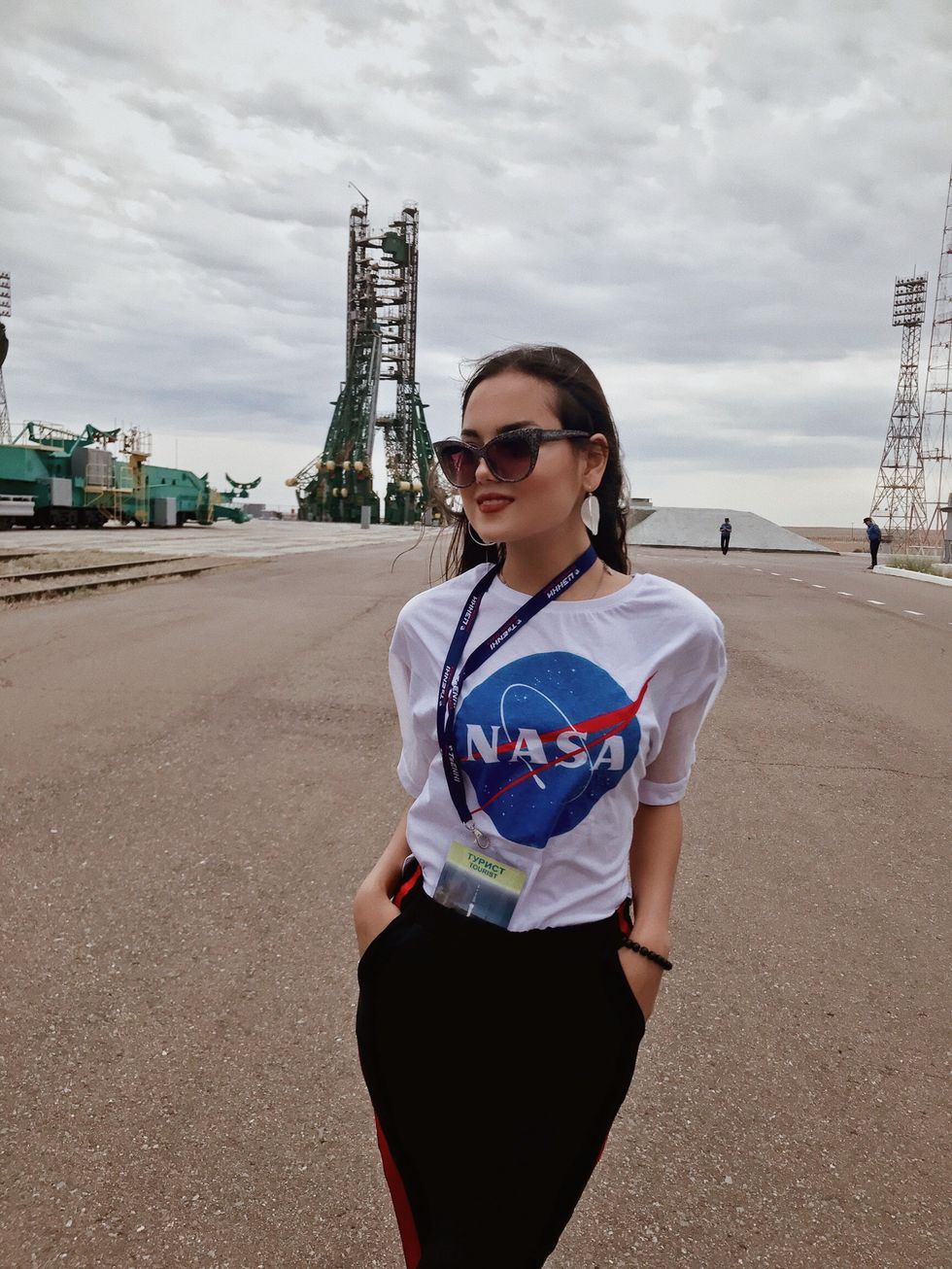
As we were passing by several launch pads, we stopped at the very historically significant site - Gagarin's Start in honour of Russian Soviet cosmonaut Yuri Gagarin, the pilot of Vostok 1 and first human in space.
We could not film everywhere, but we could observe the works, and look inside of an old real spaceship that used to fly but was not functioning anymore.
I was astonished by the greatness of minds of the engineers that came up with such complicated constructions. So many tiny details, impalpable for a common human eye, each one serving its essential role in order for a metallic ship to set off into the sky above our heads – and further – into the open space with millions of stars and other planets. Un-freaking-believable.
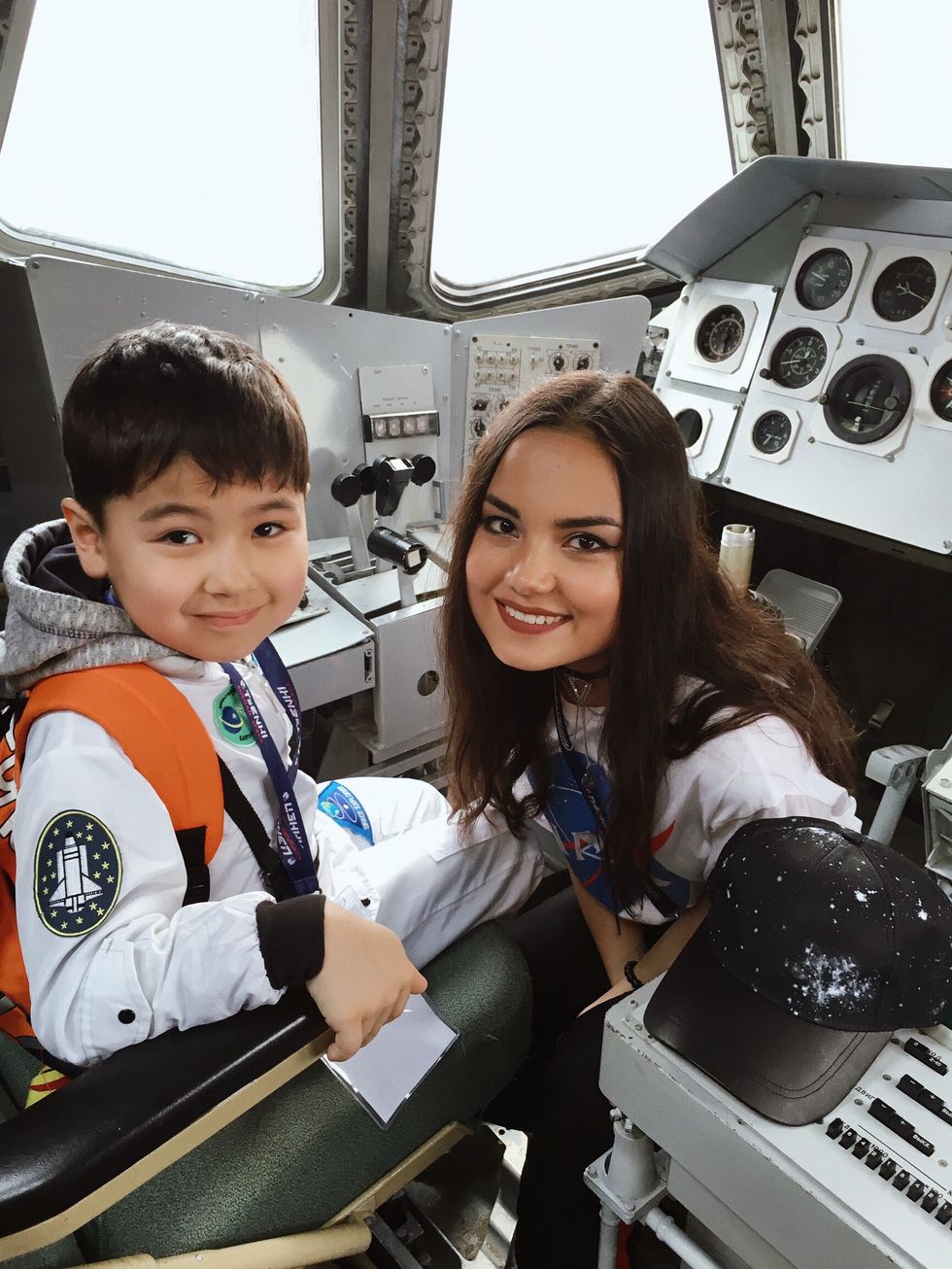
After the launch sites, we had spent good 3 hours in the Baikonur Museum. Can’t lie – It was actually the first time ever I LOVED the museum I visited. The 3-floor museum narrated the whole history of space conquest, starting from the times when the USSR and the USA were racing for the predominance in Cosmo field. The exhibitions also displayed the food from the spaceship board, the uncomfortable suits, the inconveniences the astronauts face in the open space, the diary entries of the crew and important photographs. All of the above, along with a thousand of other space-related showpieces, helped to fully grasp the extremely difficult and bold stories of space travelers as if we all lived through the adventures with them.
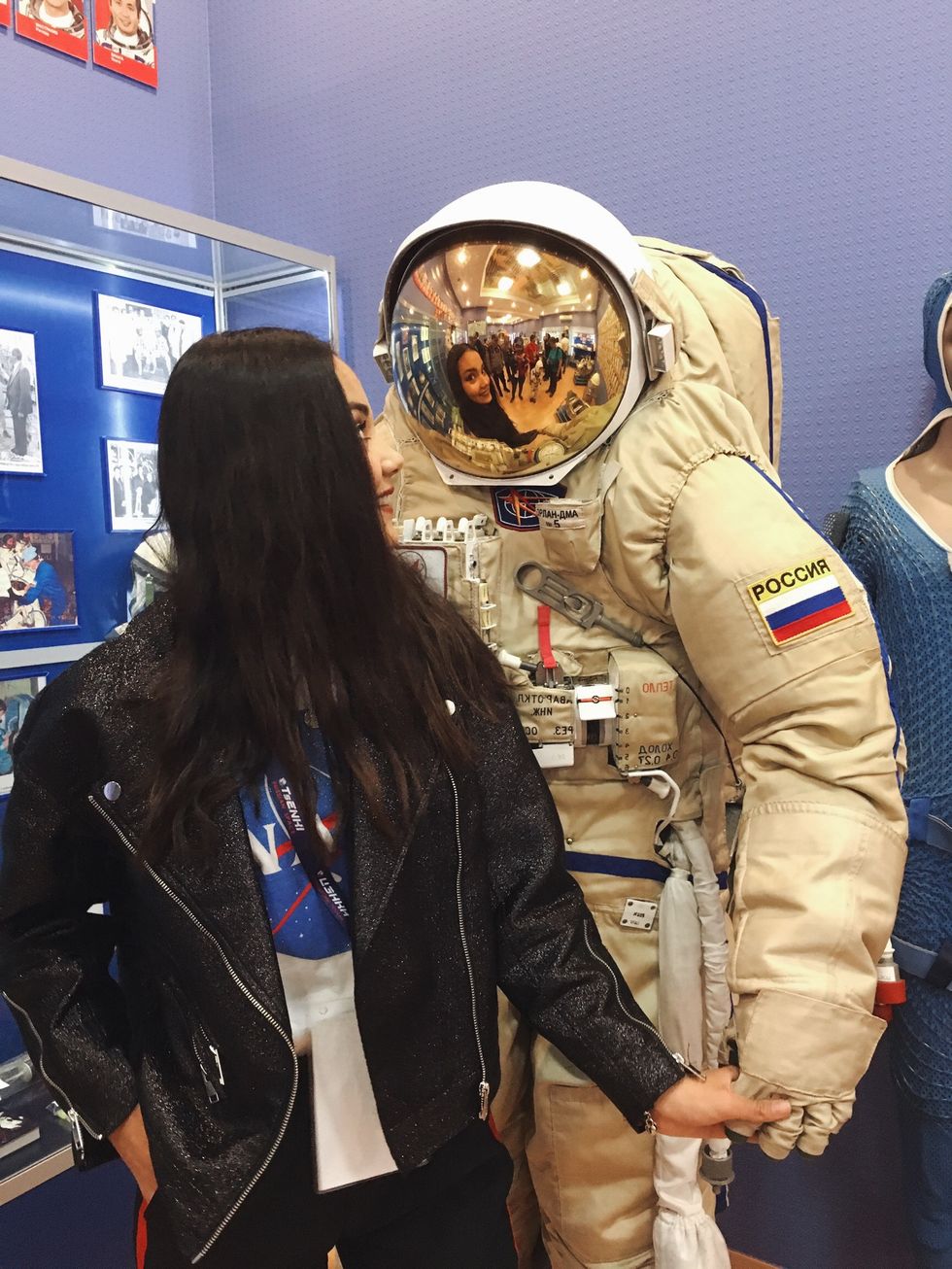
What touched my feelings the most was Yuri Gagarin’s house near the museum, where he spent the final night before his flight. The walls were still held the strong smell of adrenaline and anxiety that Yuri felt before the brave historical moment that changed science and the world.
The Grand Finale - the most important and, indeed, the most unforgettable part of the journey was the launch of a real spacecraft.
If only words could fully convey what I felt inside when the ground started shaking and a blazing arrow pierced the sky. The time slowed down and I could hear my heartbeats echoing in my ear as I was following the cloudy path the rocket left behind.
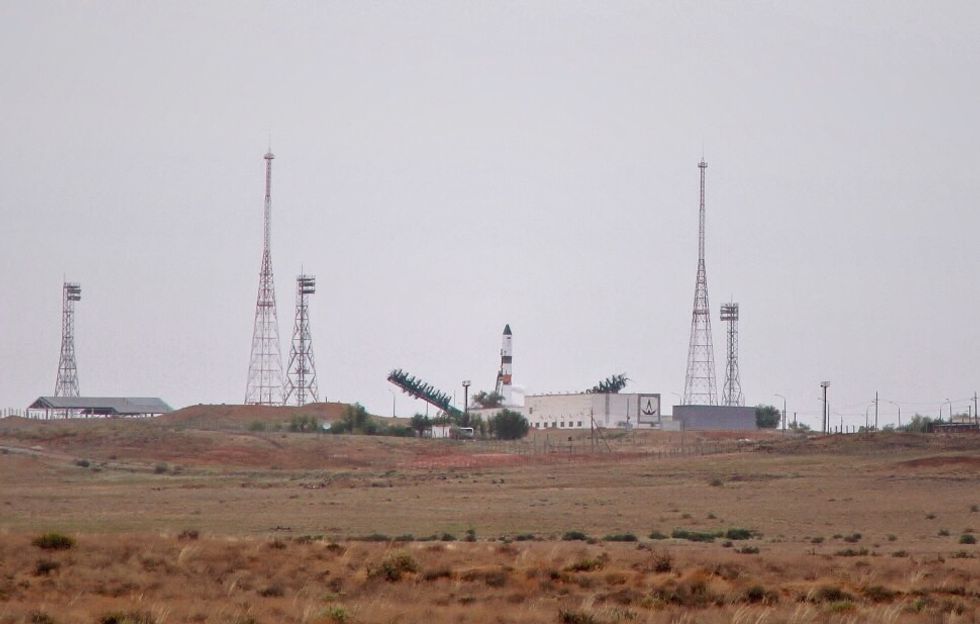
How could a human mind come up with something magical like that?
Everything felt surreal.
My trip to Baikonur Cosmodrome was one huge of an adventure.
Now, I want to learn so much more about the space, human conquest of it and the secrets it holds.

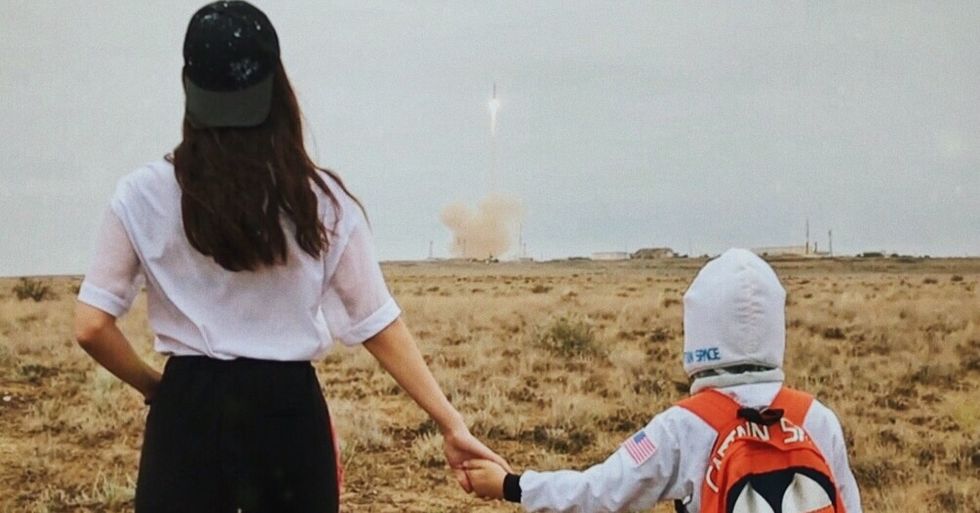




 The minimum wage is not a living wage.
StableDiffusion
The minimum wage is not a living wage.
StableDiffusion
 influential nations
StableDiffusion
influential nations
StableDiffusion












